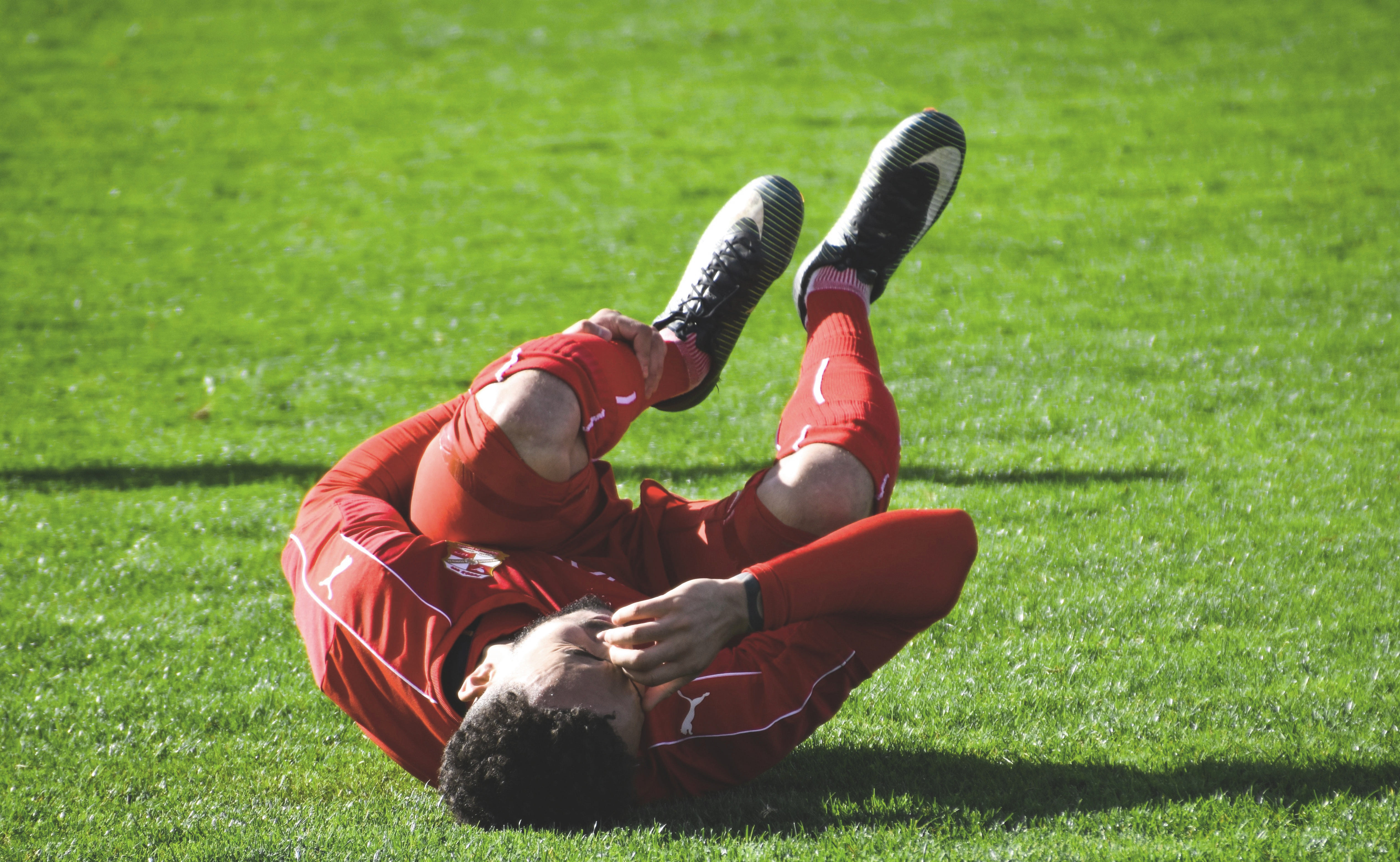The Anterior Cruciate Ligament provides stability to the knee joint and is essential for control in pivoting movements, its role is vital for those who play sports that involve cutting, turning and changing direction.

A good example of this is football in which the most common injury occurs at the knee. For every 1000 hours of game play there are between 4 and 7 Anterior Cruciate Ligament injuries.
Professional football is becoming faster and more intense than ever, players face more matches and training and a 172% increase in injury incidence over the last 15 years reflects the growing demands of the game. Female athletes fare worse and are three times more likely to injure their anterior cruciate ligament than their male counterpart.
Injury can occur though contact or non-contact mechanisms, 68-72% of injuries arise through non-contact mechanisms where a player may land on one leg following a jump or change in direction with a side stepping movement. Injury to the anterior cruciate ligament may not occur alone; other structures may also be damaged during such incidents which include the medial collateral ligament, the menisci, the articular cartilage surface and bone bruising. Additionally, the prospect of developing knee osteoarthritis later on in life is significantly increased.
Once accurate diagnosis has been made, surgery may well be indicated. A bundle borrowed from the players own hamstrings or patella-tendon is used to replace the anterior cruciate ligament. This surgical procedure is common and the player may well return to game play at the same or similar level but the rehabilitation period is long and arduous; it can take six months for elite athletes and longer for non-elite athletes to fully recover from surgery.
Good rehabilitation is absolutely essential to allow the patient to perform at levels previously achieved prior to the injury. There are several phases of rehabilitation which include a post-operative rest phase, early and late rehabilitation phases and performance phases which place emphasis on running then sports specific that replicates actual game play.
Many rehabilitation protocols are flawed and do not allow the athlete to fully rehabilitate, increasing risks of re-injury or a failure to return to sport. These protocols may control rehabilitation progression by time phases or temporal measures. Unfortunately a patient may not be ready to move onto a more difficult exercise or for example start running; however the patient may do so because the protocol allows them to at that time point.
‘The Performance Physio’ philosophy encompasses criterion based rehabilitation. In simple terms, to progress rehabilitation the patient needs to achieve objective goals such as functional movement control, strength, balance, and is considered ready by the performance physio clinician to progress. This ensures patients are truly ready to progress in a safe and supervised manner which lowers risks of failed rehabilitation or injury.
‘The Performance Physio’ rehabilitation views all patients as individuals and assesses them holistically to develop a bespoke rehabilitation programme that addresses all areas of identified deficiency. Many individual factors predispose athletes to injury; we therefore screen our patients using functional movements and a robust physiotherapy assessment. Lumbopelvic stability, poor quadriceps strength, gluteal activation and poor lower limb movement control, are key area’s which we have identified as common area’s that require development.

By addressing these areas as part of the rehabilitation we not only return the athlete successfully to game play but we aim to lower any potential for future injury as research suggests that patients who have had an Anterior Cruciate Ligament injury are at a greater risk of rupturing the same ligament in their other knee.
For those participating in any sports I would recommend being screened to help identify areas which have potential for injury.